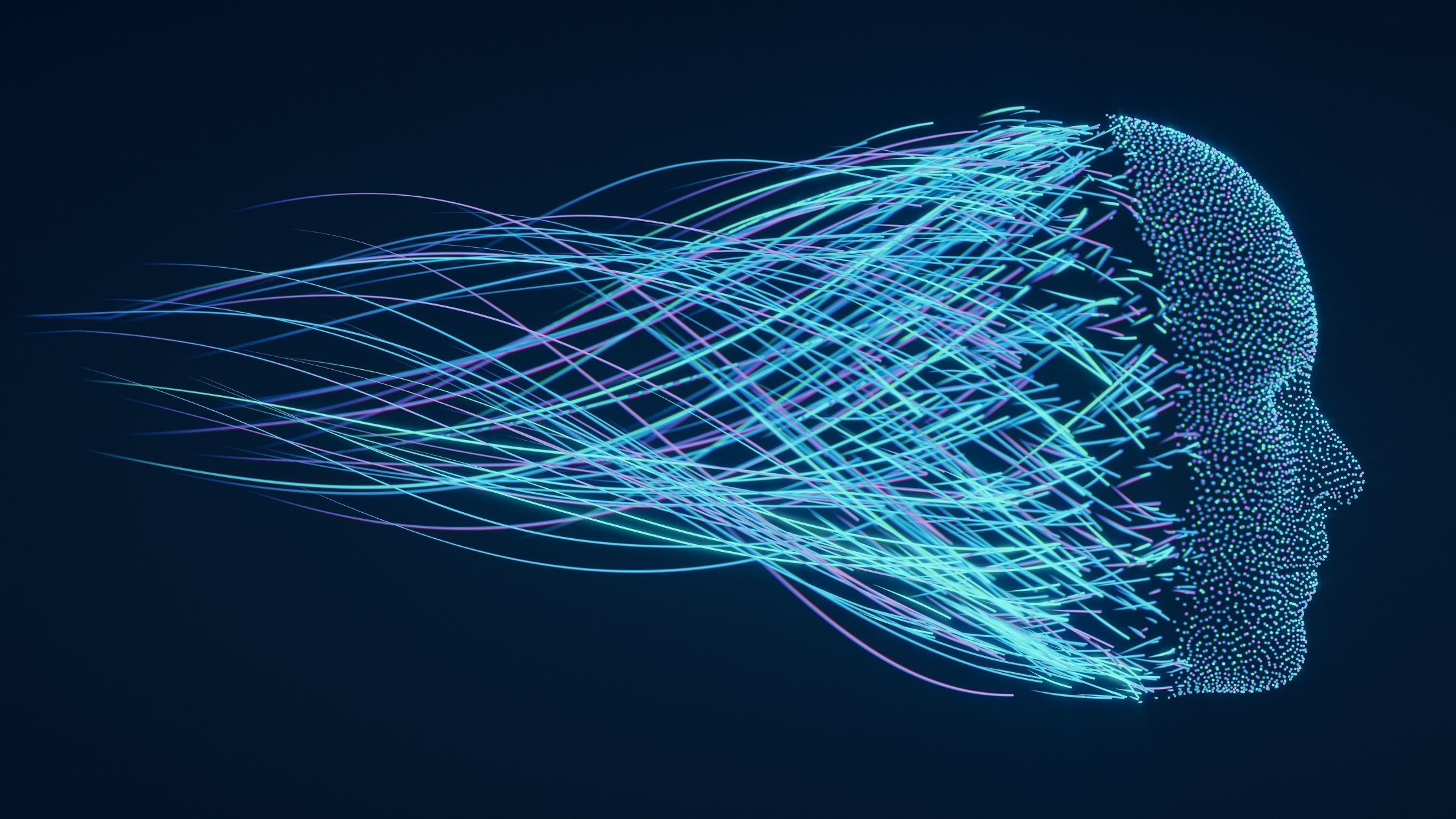Deep Learning, which is currently a popular topic, has firmly established its roots across a wide range of sectors that are investing in fields such as Artificial Intelligence, Big Data, and Analytics. In this blog, we discuss deep learning. Read on to find out more.
Google, for example, uses deep learning in its speech and picture recognition algorithms, whereas Netflix and Amazon use it to study their customers’ behaviour. Consider how much potential deep learning has to revolutionize the world and how firms will look for Deep Learning certified professionals. Before discussing deep learning, it is necessary to grasp its link to Machine Learning and Artificial Intelligence.
Machine Learning
Machine Learning is a subset of artificial intelligence. This suggests that we can design intelligent machines that can learn on their own based on a given data collection. Furthermore, Deep Learning is a subset of Machine Learning which is similar to Machine Learning Algorithms that are used to train Deep Neural Networks. In order to gain improved accuracy in circumstances when the former was not doing well
Extensive Learning
Deep learning is one of the only approaches for overcoming feature extraction problems. This is because deep learning models can learn to focus on the right features on their own, with little input from the programmer. Deep learning, in essence, mimics the way the human brain functions, i.e. it learns from experience. As an example:
- Recognize faces as well as various items.
- Differentiate between different sounds and can even recognize a specific person based on his or her voice.
- Draw conclusions from other people’s facial expressions, among other things.
In fact, our brain has unconsciously trained itself to perform such things over time. Now the question is, how does deep learning mirror brain functionality? Deep learning, on the other hand, employs the concept of artificial neurons, which behave similarly to the biological neurons found in the human brain. As a result, we may state that Deep Learning is a subfield of machine learning concerned with artificial neural networks that are inspired by the structure and function of the brain.
Deep Learning Applications
Let us have a look at some of the real-world applications of Deep Learning to better appreciate its genuine capabilities.
Speech Recognition
You’ve probably heard of Siri, Apple’s voice-controlled intelligent assistant. Apple, like other IT behemoths, has begun to invest in Deep Learning to improve its services. In other words, you can create a system that can learn new characteristics or adapt to you and, as a result, provide superior support by anticipating all possibilities.
Automatic Machine Translation
Google Translate’s approach to machine translation has been completely revised thanks to deep learning. Indeed, deep learning researchers who know essentially nothing about language translation are proposing relatively simple machine learning methods that outperform the world’s top expert-built language translation systems. Text translation can be accomplished without the sequence being pre-processed, allowing the algorithm to learn the dependencies between words and their mapping to a new language. This translation is carried out using stacked networks of huge recurrent neural networks.
Instant Visual Translation
Deep learning is used to detect photos that contain letters and the locations of the letters in the scene. They may be identified, converted to text, translated, and the image reproduced with the translated content. This is commonly referred to as instant visual translation.
Apps like Google Translate can be used to make instant visual translations to understand signs or store boards written in another language. This is only feasible due to Deep Learning.

Leave a Reply